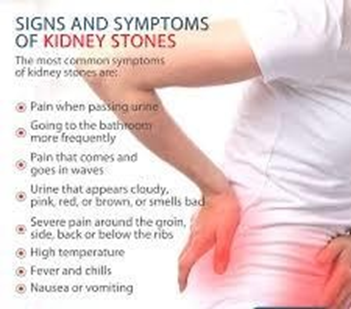A nurse in a public clinic is researching health data on culturally diverse populations in the community. Which of the following population groups should the nurse anticipate having end- stage renal disease due to diabetes mellitus?
Black American
Hispanic/Latino
Non-Hispanic White
Asian American
The Correct Answer is A
A. Black Americans have a higher prevalence of diabetes mellitus compared to other racial/ethnic groups in the United States, and diabetes is a leading cause of end-stage renal disease.
B. While Hispanic/Latino individuals also have an increased risk of diabetes mellitus, it is less pronounced compared to Black Americans.
C. Non-Hispanic White individuals have a lower prevalence of diabetes mellitus compared to Black and Hispanic/Latino populations.
D. Asian Americans have a varied prevalence of diabetes mellitus depending on specific ethnicities within this group, but it is generally lower than in Black Americans.
Nursing Test Bank
Naxlex Comprehensive Predictor Exams
Related Questions
Correct Answer is B
Explanation
A. Calcium supplements are not associated with peptic ulcer formation.
B. Flank pain can be a symptom of kidney stones, which can occur due to excessive calcium supplementation.
C. Pancreatitis is not typically associated with calcium supplementation.
D. Hepatitis is not typically associated with calcium supplementation.

Correct Answer is D
Explanation
A. Metabolic acidosis is characterized by a low pH and low bicarbonate levels (HCO3).
B. Metabolic alkalosis is characterized by a high pH and high bicarbonate levels (HCO3).
C. Respiratory alkalosis is characterized by a high pH and low PaCO2 levels.
D. The pH is below the normal range (7.35-7.45), indicating acidosis. The PaCO2 is elevated, indicating respiratory acidosis, as an increase in PaCO2 leads to an increase in carbonic acid and a decrease in pH.
Whether you are a student looking to ace your exams or a practicing nurse seeking to enhance your expertise , our nursing education contents will empower you with the confidence and competence to make a difference in the lives of patients and become a respected leader in the healthcare field.
Visit Naxlex, invest in your future and unlock endless possibilities with our unparalleled nursing education contents today
Report Wrong Answer on the Current Question
Do you disagree with the answer? If yes, what is your expected answer? Explain.
Kindly be descriptive with the issue you are facing.
